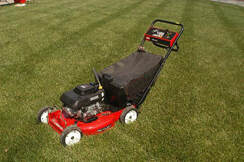
Sharpening rotary mower blades is fairly straightforward. The following steps will guide you through this process:
* Check the blade for major damage. If you can't fix it, it likely will need to be replaced.
* Remove grass and debris from the blade with a moist cloth. Dry before beginning to sharpen the cutting edge.
* Remove nicks from the cutting edge, using a grinding wheel or hand-file.
* If using a grinding wheel, match the existing edge angle to the wheel. If hand-filing, file at the same angle as the existing edge.
* Grind or file until the edge is 1/32 inch, about the size of a period.
* Particularly with a grinding wheel, avoid overheating the blade as this may warp it.
* Clean the blade with solvent or oil, much like if you were cleaning a gun, for optimum winter storage. Avoid using water because it will promote rust.
Following these tips can help you better prepare your mower for winter storage and also
save you some steps this coming spring. (Ward Upham)
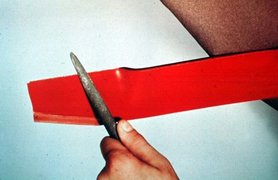


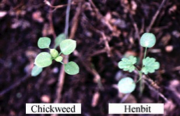
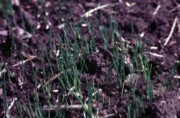
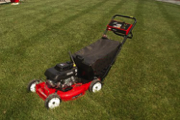
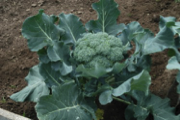

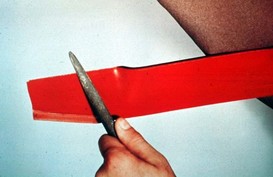
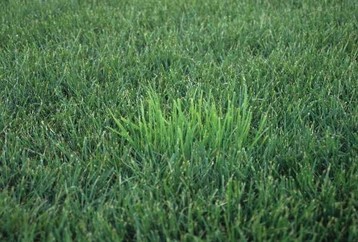
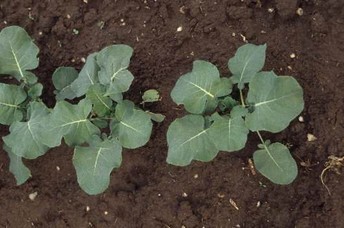
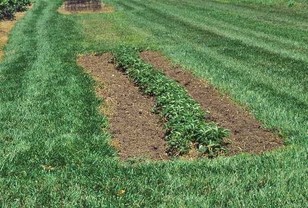
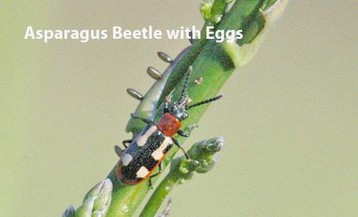
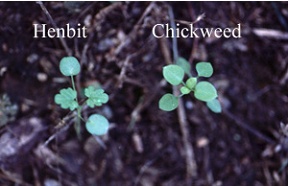
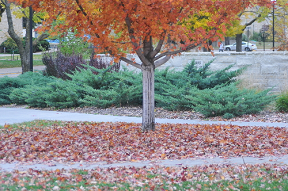
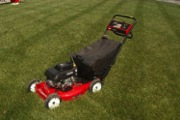
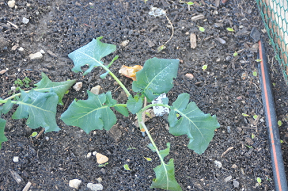
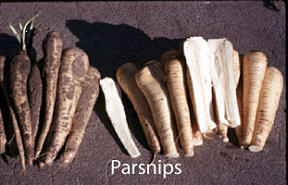
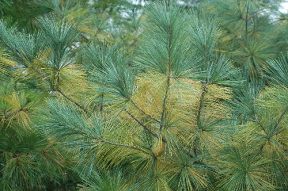
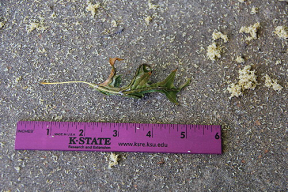
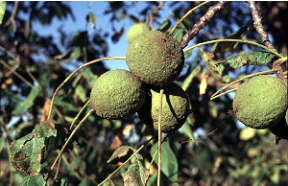
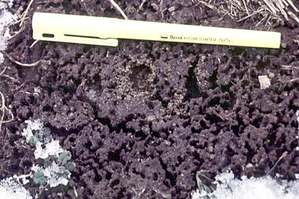
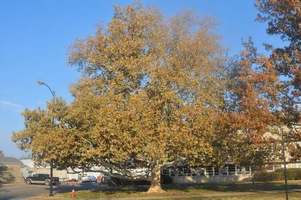
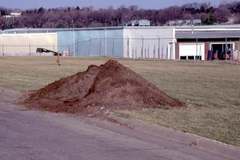
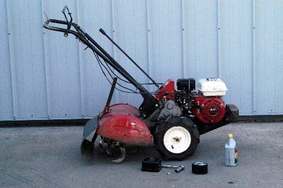
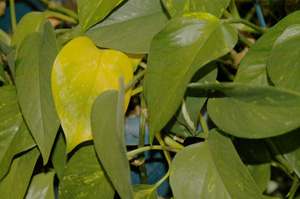
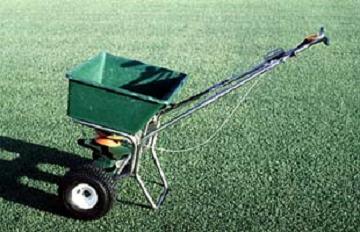
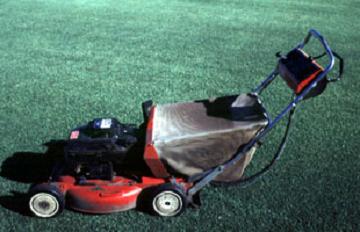
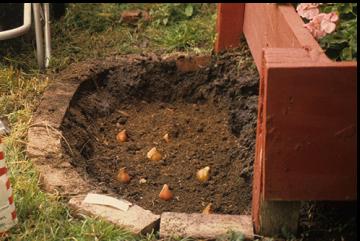
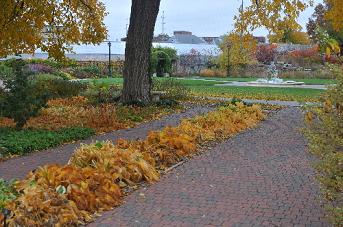
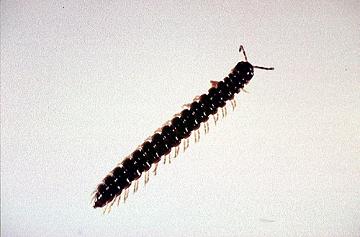
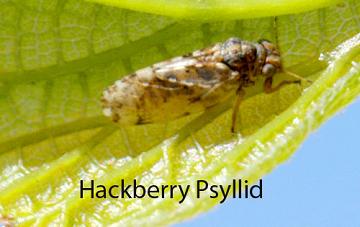
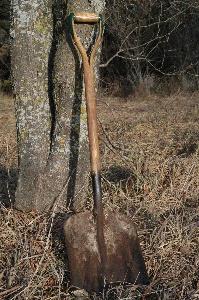
 RSS Feed
RSS Feed
